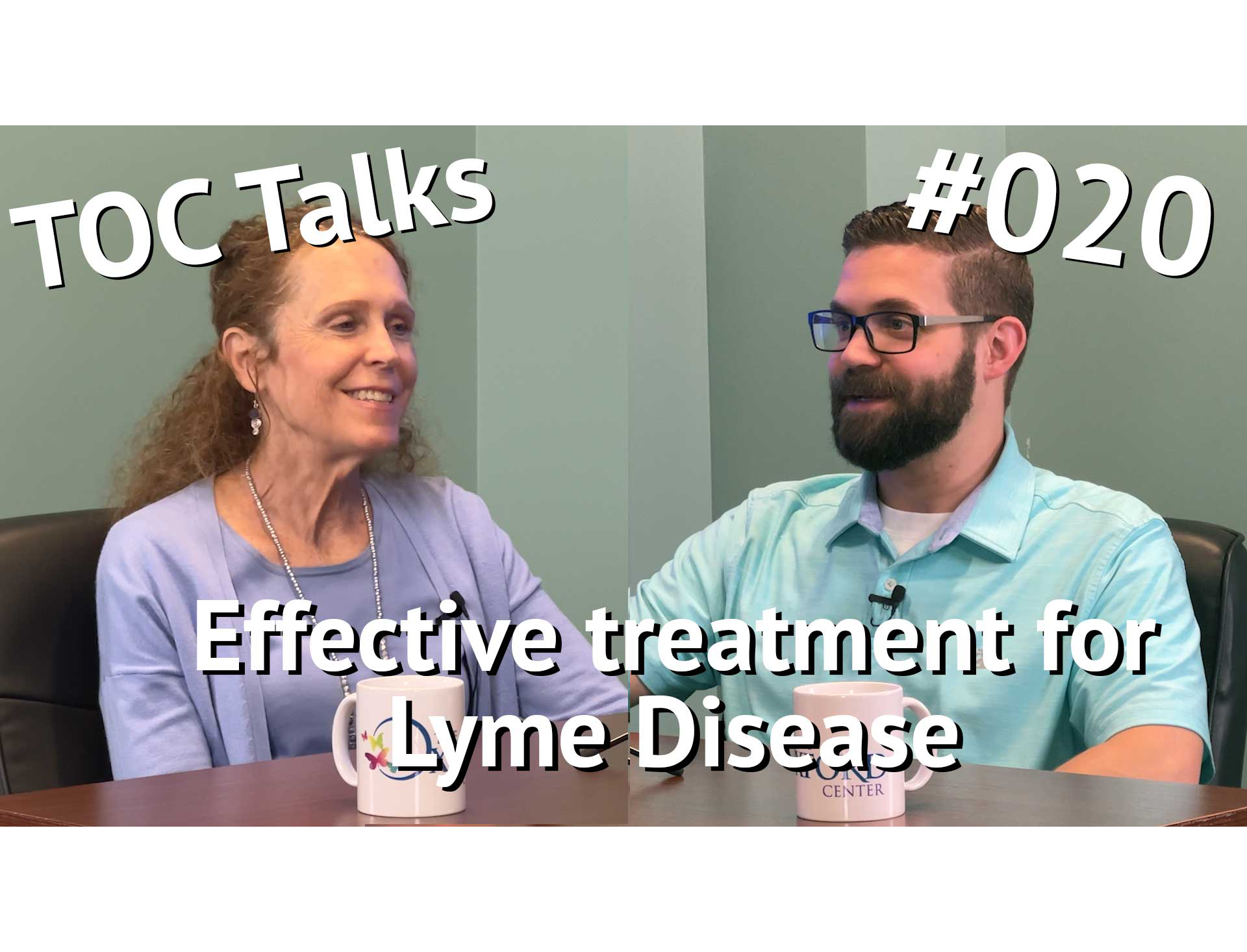New Published Study by Dr. Efrati – Unlocking the Secrets of Anti-Aging with Hyperbaric Oxygen Therapy
Dr. Shai Efrati, MD, from the Hyperbaric Medicine Research & Lectures at The Oxford Center recently published a groundbreaking study on PubMed. This study sheds light on the remarkable benefits of Hyperbaric Oxygen Therapy (HBOT). This research reveals a significant correlation between HBOT and the enhancement of telomere length; ultimately contributing to a reduction in cellular aging.
Understanding the Study
Telomeres, the protective caps at the end of our chromosomes, play a crucial role in determining cellular lifespan. Dr. Efrati’s study delves into how Hyperbaric Oxygen Therapy can positively impact telomere length; providing a potential key to slowing down the aging process at a cellular level.
Key Findings
The study demonstrates a compelling connection between HBOT and the extension of telomeres. It suggesting that this therapy holds promise as an anti-aging solution. As telomeres naturally shorten over time, maintaining or even lengthening them through HBOT presents an exciting avenue for exploring age-related health concerns.
What is Hyperbaric Oxygen Therapy?
Hyperbaric Oxygen Therapy involves breathing pure oxygen in a pressurized room or chamber. This increased oxygen concentration in the body has been linked to various health benefits, and Dr. Efrati’s research adds a new dimension by highlighting its potential impact on cellular aging.
Connect with The Oxford Center
For those intrigued by the possibilities of HBOT and its anti-aging implications, The Oxford Center in Brighton and Troy, Michigan, is your gateway to further insights. Our experts at The Oxford Center are dedicated to exploring cutting-edge research and providing valuable information on innovative health solutions.
As we navigate the complexities of aging, the study conducted by Dr. Shai Efrati opens up exciting avenues for further research into the potential of Hyperbaric Oxygen Therapy. The Oxford Center invites you to join us on this journey of discovery and explore the transformative possibilities that HBOT may offer in the realm of anti-aging solutions.















